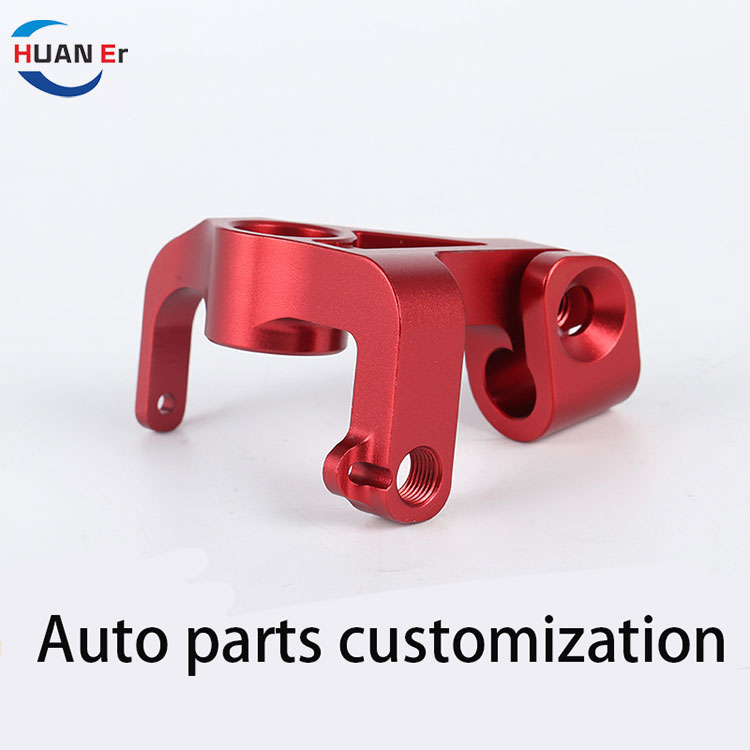What is the difference between CNC and traditional machine parts?
2024-12-27
CNC and traditional mechanical parts processing methods are two common processing methods in the manufacturing industry. Xiamen Huaner Technology Co., Ltd will explain the difference between the two in detail today.

Operation method
CNC processing: Workers only need to write the processing program, and the machine tool can automatically complete the processing process according to the program. The machine tool movement is controlled by pre-programmed instructions to achieve high automation and intelligence.
Traditional mechanical processing: Operators are required to manually operate the machine tool for processing, relying on workers to manually operate the machine tool and tools to complete the processing tasks. The operation process is relatively cumbersome and requires high technical requirements of workers.
Precision and repeatability
CNC processing: It has higher processing accuracy and stability. CNC machine tools can accurately control the motion trajectory and cutting parameters of the tool to achieve high-precision processing, and each cut can accurately replicate the size and shape on the design drawing.
Traditional machining: Affected by many factors such as workers' technical level, operating experience and machine tool accuracy, the machining accuracy and stability are relatively low.
Machining efficiency and production cycle
CNC machining: Usually more efficient than traditional machining, it can control the movement of multiple axes at the same time, automatically change tools and workpieces, reduce the operator's waiting time, and shorten the overall machining time.
Traditional machining: Low production efficiency, long production cycle, and a large amount of waste will be generated during the machining process, wasting resources.
Flexibility and diversity
CNC machining: It can make parts of various shapes and sizes according to pre-programmed instructions, with a wider range of machining. By replacing tools and fixtures, it can adapt to the machining needs of different materials and shapes.
Traditional machining: Limited by machine tools and tools, the machining range is relatively narrow, and it is difficult to adapt to complex machining needs.
